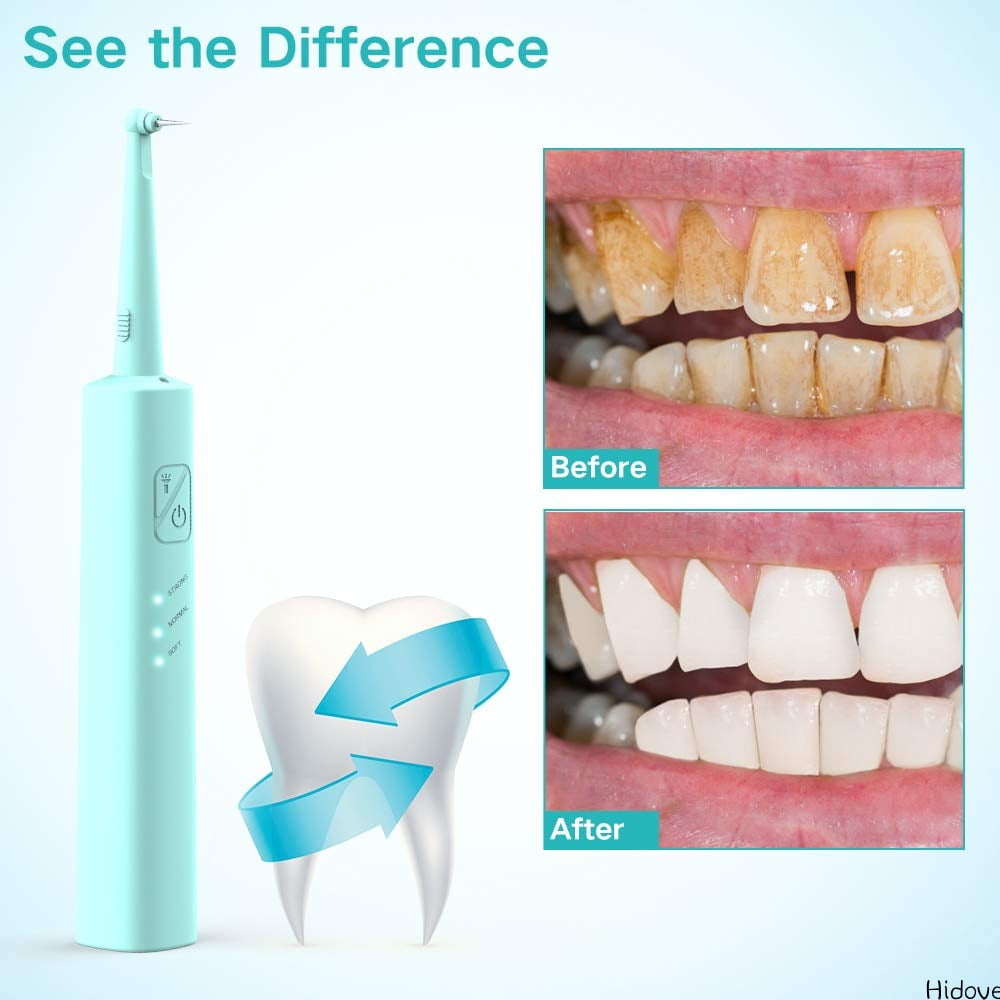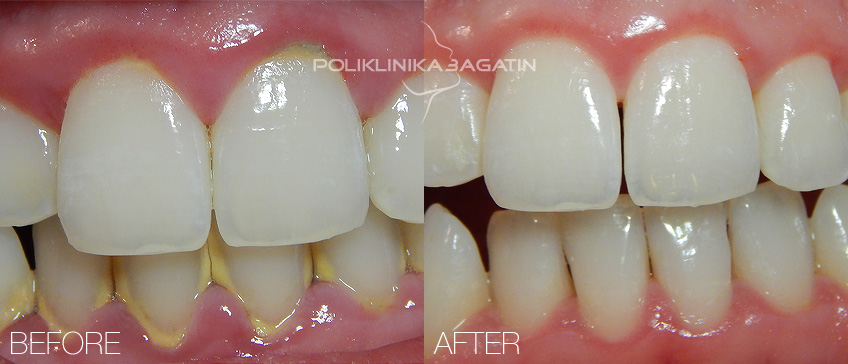
It also doesn’t take long for it to build up and cause damage. How long before tartar damages teeth?Īs mentioned earlier, plaque can harden and become tartar very quickly. However, if your teeth have sustained periodontitis-level damage, the effects are irreversible without major procedures like gum grafts. If you only develop gingivitis, you and you can work together to treat and reverse the problem quickly. It can also irritate your gums and cause various types of gum disease. This could lead to cavities.īut tartar doesn’t just cause cavities. If you can’t clean your mouth properly, the problem will only continue to worsen. If there is a lot of tartar build-up between your teeth, flossing may also prove problematic. You can’t brush away the tartar, so you can’t brush the tooth tissue under the tartar. Tartar build-up leads to your smile not looking as white and bright, but it also has many complications.įirst, tartar makes it harder to clean your teeth. You can often spot tartar yourself by looking for yellowish spots near the gum line. The remaining plaque turns into tartar really fast– within about 24 to 72 hours!! Just like plaque, tartar can attract more bacteria, which can further worsen the problem. Also, if you have crooked, over-crowded, or broken teeth, it can be hard to remove the daily build-up of plaque. If you don’t brush your teeth properly or don’t brush your teeth at all, sticky plaque will stay on your teeth before turning into tartar.

On the other hand, some hard cheeses and apples can remove plaque as you eat. Some foods and beverages are worse at creating plaque, such as sugar and carbohydrates like bread.

Plaque is the sticky substance that gets on and between your teeth from eating and drinking. This article will cover what tartar is, what complications it can cause, and the best ways to minimize it! Tartar Is Hardened Plaque Because eventually, if left untreated, this tartar will cause gum disease, cavities, and tooth loss.

That is exactly why it’s important to have regular cleanings. The second layer is the mineralization phase, where the tartar becomes even harder and more difficult to remove.Įven those with good oral hygiene can experience tartar build-up. The first layer is known as the maturation phase and occurs very quickly – within 24 hours after it forms, this maturation phase becomes so hard that teeth cleaners cannot remove it with a toothbrush. It is typically easily spotted by its pale yellow color, but it can also be colorless at times. Tartar builds up on teeth and has a number of different nicknames: plaque, tartar, or calculus. What to Know About Tartar Build-Up and Your Teethĭo you feel your teeth are looking a little more yellow? Possibly noticed discoloration in between your teeth along the gum line? Or observed when you run your tongue over your teeth, they don’t feel smooth and clean?


 0 kommentar(er)
0 kommentar(er)
